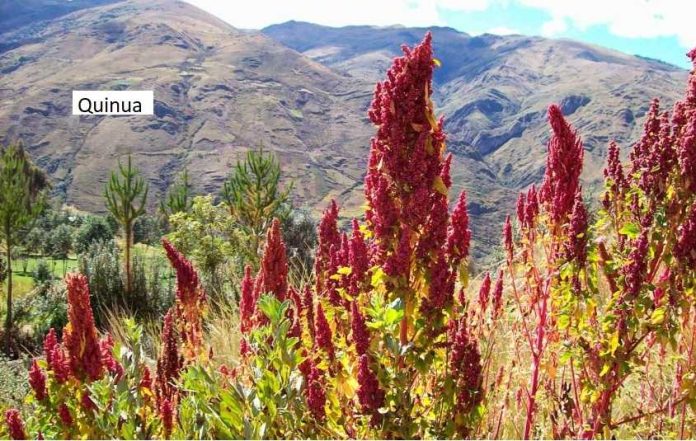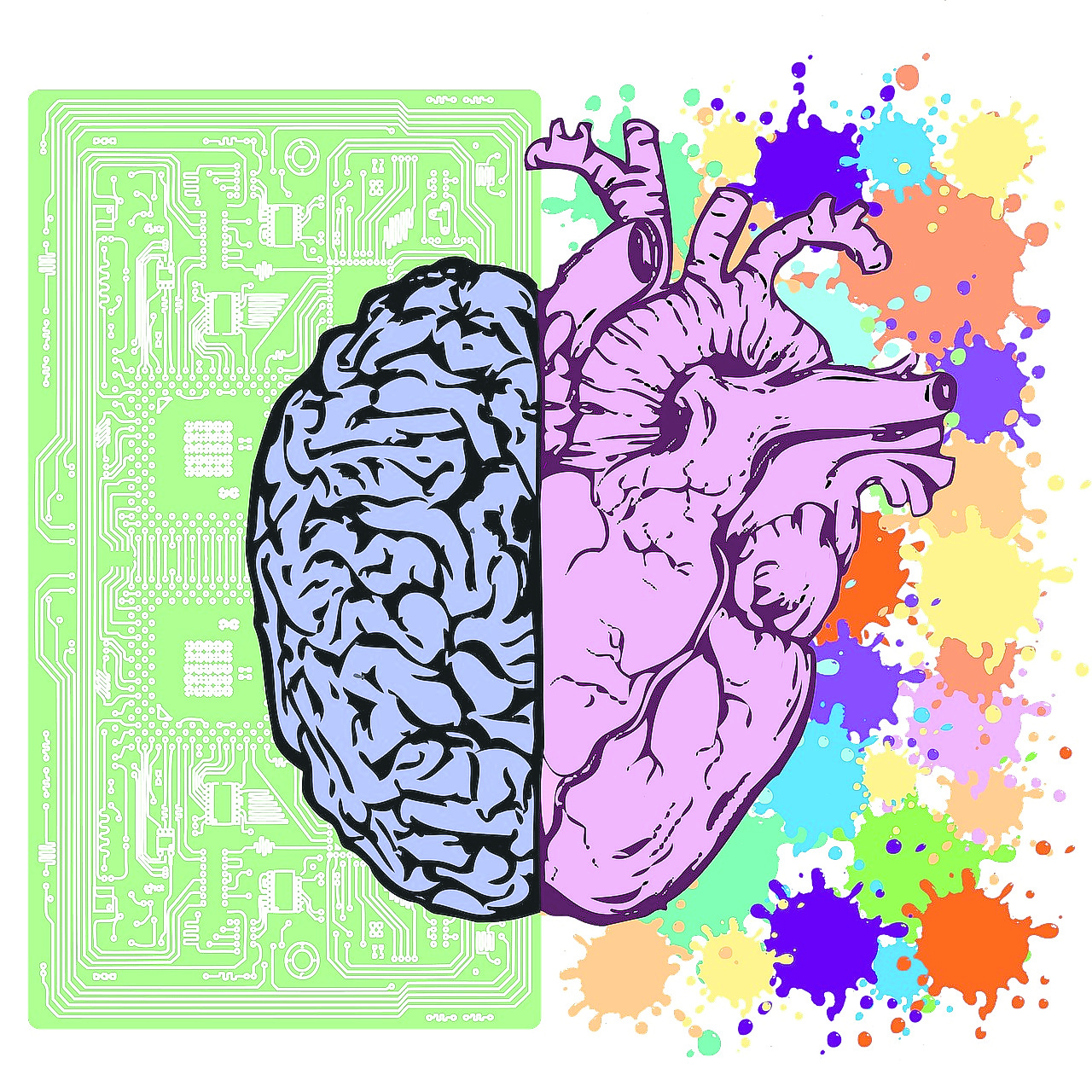Each week, we share one story of Aruba through the eyes of Etnia Nativa, a native venue that welcomes curious visitors, dipping them into a unique cultural island experience. Since that educational glance in this episode explains about a very nutritious plant locally known as “kalalu,” best grown in warm places.
Its name, Callaloo, is used in the Caribbean to refer to the leaves of the taro, dasheen, tannia, amaranth, or yautia root. In the U.S., it is often difficult to get the leafy green readily, so it is common to use spinach as a substitute, which also goes by the name bhajgee (bah-gee).
The etymology of the word callaloo can be traced to Caribbean patois, with influences from the African word kalulu (KAL-ə-LOO), also known as Jamaican patois or calaloux, is a plant used in popular dishes in many Caribbean countries. As other Caribbean dishes, callaloo in the greater Caribbean is a remnant of West African and Taino cuisine.
Callaloo is mostly served as a side dish; its leaves are packed with nutritional benefits and contain large amounts of vitamins A, B, and C. They are also high in fiber, iron, and calcium. This plant isn’t the only beloved Caribbean dish that is hearty and healthy. It is a culinary mainstay for many island nations and a national dish in Dominica, Trinidad, and Tobago. Some of these countries have embraced this dish from their ancestors and, over time, have added ingredients such as coconut milk to modify its flavor.
There are two main kinds of callaloo, produced from distinctly different plant species. One kind comes from the Amaranthus family and consists of young, tender leaves and stems. The other kind, really a substitute, consists of the young, tender leaf and stem of the eddoe plant.
While nearly every take on callaloo features some type of leafy green vegetable, the other ingredients used depend on location and availability, and leafy green vegetables provide so many nutritional benefits. Callaloo is a plant that is very easy to grow and can also be juiced, getting all the great green chlorophyll that is very healing.
This nutricious vegetable is high in dietary fiber, and increasing your fiber intake helps increase the bulk of your stools to contribute to digestion and prevent constipation. Healthy fiber intake also reduces your likelihood of developing hemorrhoids and other common digestive complaints.
Callaloo contains four times the amount of calcium found in broccoli and twice the amount of iron. It is a really good source of protein, so it’s great for building muscle and for weight loss. It’s similar to spinach but with a creamy flavor.
Callaloo is a plant as nutritious as its big sister, quinua, which is an excellent substitute for rice. Although quinua has a longer history and the seeds that are the food source, its milder flavor, greater availability, and marketed as a superfood have contributed to its greater popularity as a cereal than callaloo as a vegetable.
Quinua has a longer history and cultural significance since it was considered the food of the gods by the ancient Inca Empire, giving it greater recognition and popularity for cultivation and consumption compared to callaloo. It has been a staple food in the Andean region of South America for thousands of years, while callaloo was more a staple food in Mesoamerican and Caribbean cultures, but was largely forgotten after the Spanish conquest. while Callaloo`s nutritious value has not received the same level of marketing recognition and promotion as quinoa. Callaloo is a plant that is very easy to grow and can also be juiced, getting all the great green chlorophyll that is very healing.
If you are interested in learning all about the true identity of Aruba, book your visit to Etnia Nativa, home of Anthony, our chief cultural columnist, who guides and lectures to unveil the most interesting stories about the island. Etnia Nativa sets itself apart from the rest as a hidden gem by offering a personal native touch and providing its visitors with the opportunity to enjoy a diverse array of artworks, objects, artifacts, dissected animals, plants, colonial furniture, unique old photos, etc. while dipping you into the navel of Aruba.
Book your visit: Whats App +297 592 2702 etnianativa03@gmail.com.




















